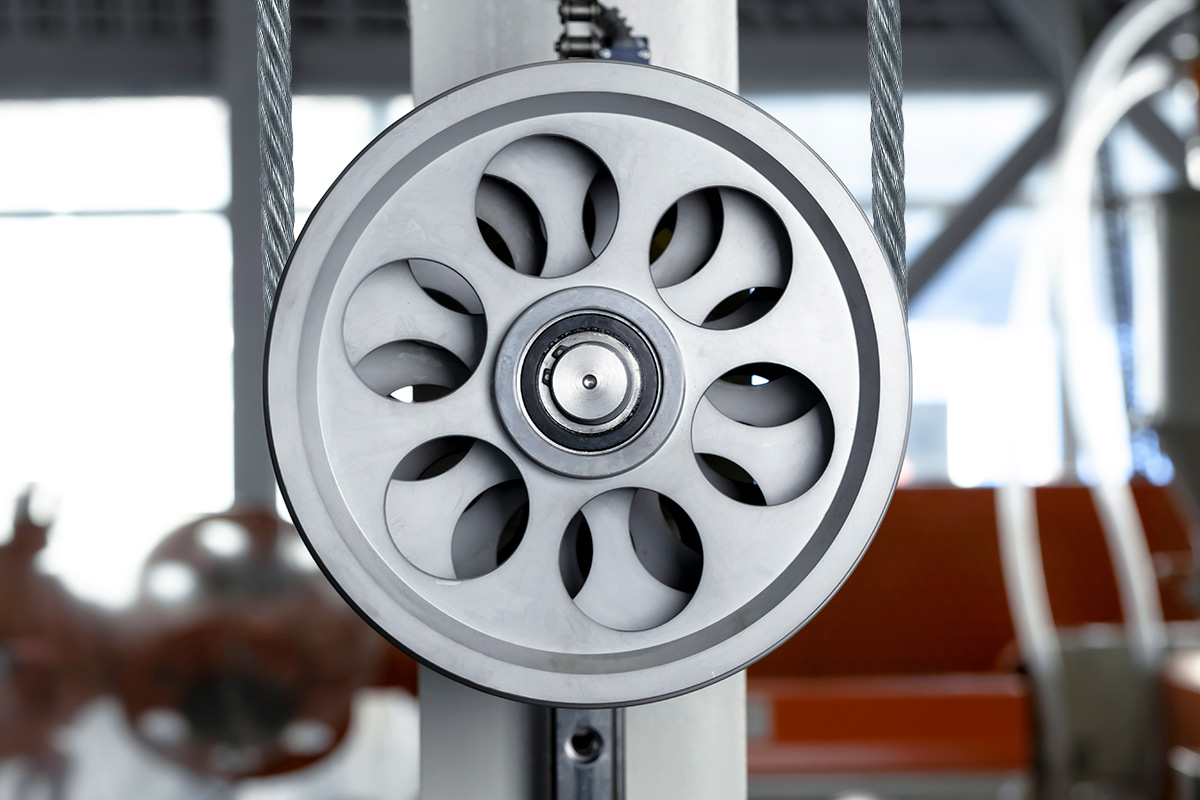Since their invention, elevators have enjoyed use and popularity as an expected fixture in any multi-storied building. High traffic facilities such as commercial offices and hospitals may use elevators over a hundred times a day, usually with little notice of the elevator itself.
Typically, elevators tend only to be noticed when they fail to run or run with issues. However, dealing with constant (or even intermittent) issues with your facility’s elevator doesn’t need to be a recurring theme. Keep these tips in mind next time you’re thinking about the maintenance of your own building’s elevators.
- Be proactive
Regular inspection is key in maintaining the order of your elevators. Regular inspection ensures that you become aware of any potential issues that may need repair, as well as provides you with a general sense of the elevator’s overall condition. Are the elevators adequately modernized or is an upgrade in order?
Understanding the elevators’ condition is helpful when trying to align your operations and capital budgets with your allowance for upcoming maintenance tasks.
- Maintain them regularly
With the numerous demands that come with managing a large facility, it is difficult to keep from falling into a more reactive approach to maintenance. That is, issues that are unseen are then unattended to until the problem grows to more noticeable proportions. This leads to repairs that are only reactive, and not preventative.
Elevators that are out of order are not only a headache but a major inconvenience; which is why FacilitiesNet recommends keeping a regular maintenance schedule. Staying up to date with the service helps keep minor issues from cropping up; thus saving you money, time and hassle. Additionally, regular maintenance helps extend the life of the elevator, which will free up some of your budget for other improvements.
- Prioritize Safety
Obviously, maintaining the safety of an elevator should be of the highest priority. This concern extends to not only the passengers, but the maintenance team that will be conducting future maintenance and repairs.
ASME is the governing organization for elevator maintenance. In their Safety Code for Elevators and Escalators, they outline the importance of having a written maintenance program. The written schedule they recommend is very useful in creating and sustaining a regular maintenance pattern, which will in turn ensure the safety of the elevator’s passengers. Building managers can even store a written guide in their CMMS for easy access, and repair teams can update the guide with repairs in real time.
- Understand the Potential Issues, and Get Prepared
Understanding the most common issues with elevator operations will be helpful in creating a schedule for repairs. For instance, Facilities.Net notes that nearly 70% of service calls on elevators are because of non-functioning doors.
To reduce the likelihood of encountering this issue consider using a closed-loop door operator. It’s a system which monitors the doors’ opening and closing speeds and compares the number to predefined standards. Upon comparison, the operator will apply any additional force that’s necessary for more consistent operation. While it is an investment, closed-loop operators will be well worth the money saved in future maintenance and repairs.
- Remember the contractors
Though you may be comfortable taking care of minor elevator issues yourself, larger and more involved issues may call for outside help.
To help you find the most reliable contractors for your repairs, the National Association of Elevator Contractors has outlined several programs to point you in the right direction. For instance, next time you’re considering contractors, go with the one that’s affiliated with the NAEC’s Program. Additionally, try to find a contractor who’s associated with the NAEC’s Certified Elevator Technician program.
If you are looking for elevator maintenance in Tempe, Arizona, you have found the right place. Arizona Elevator Solutions provides elevator maintenance, repair, modernizing, and more.

